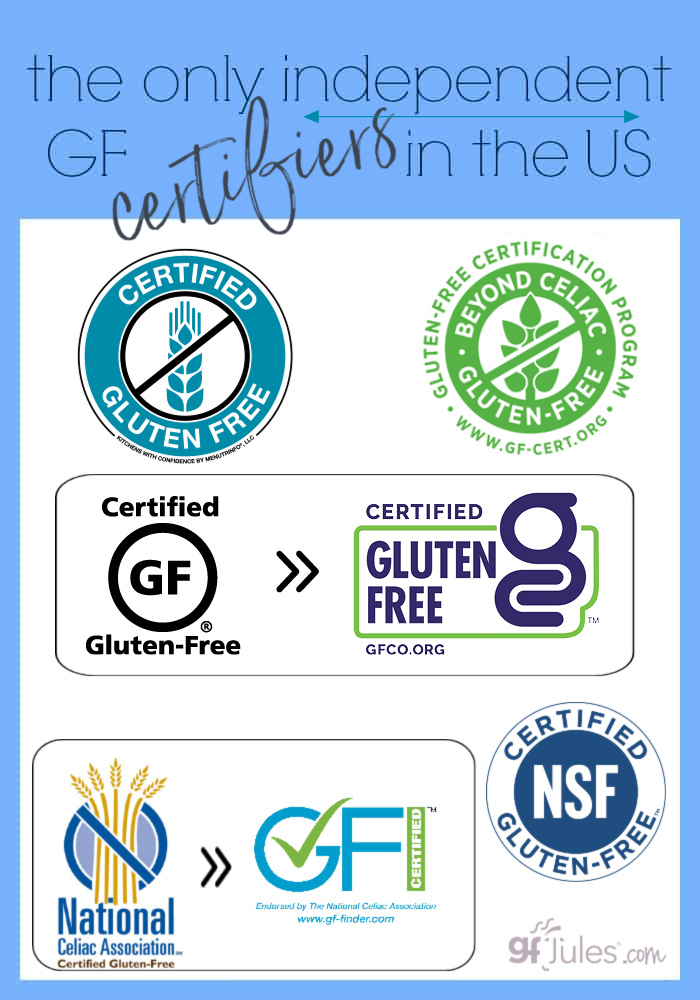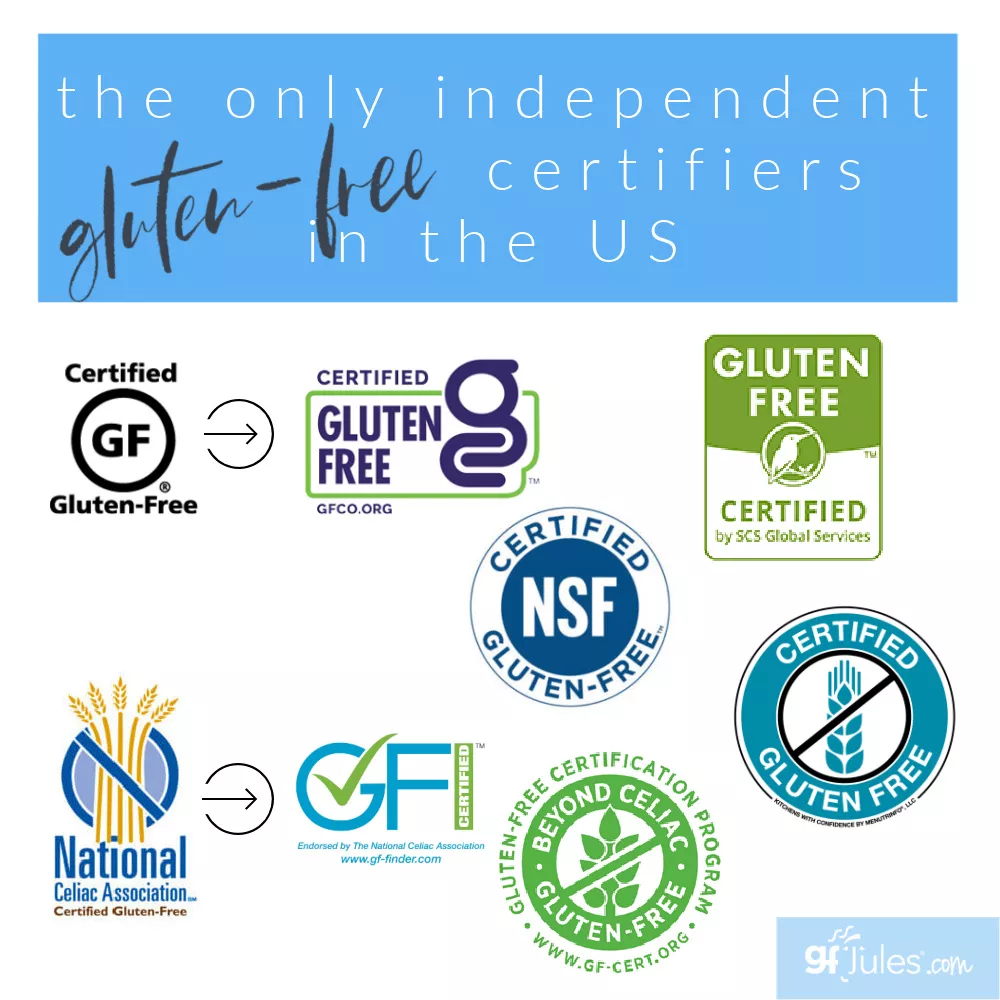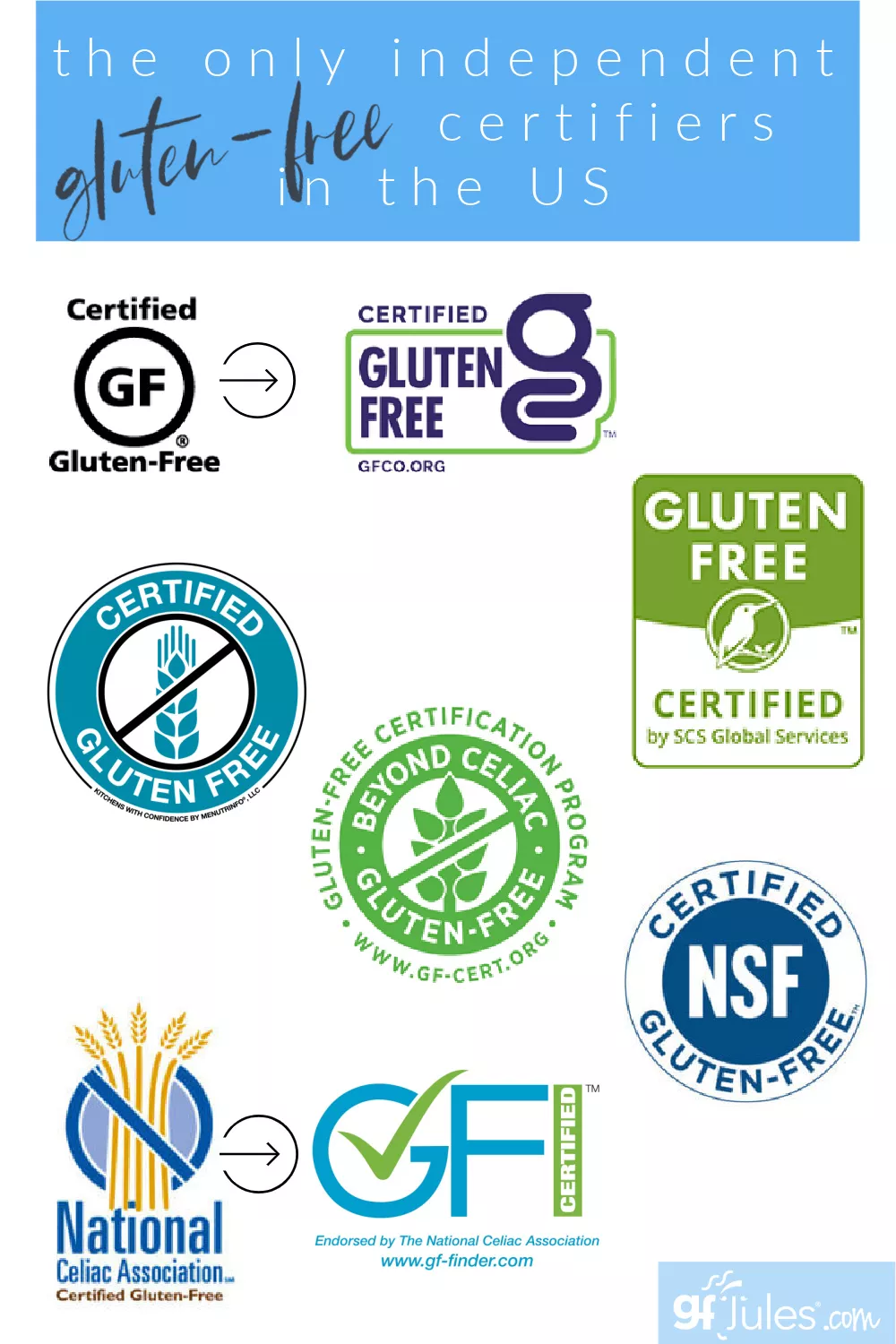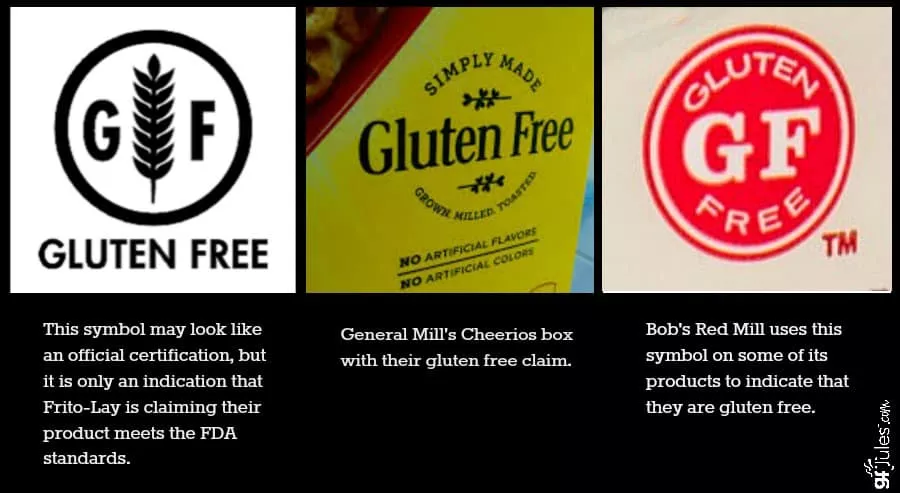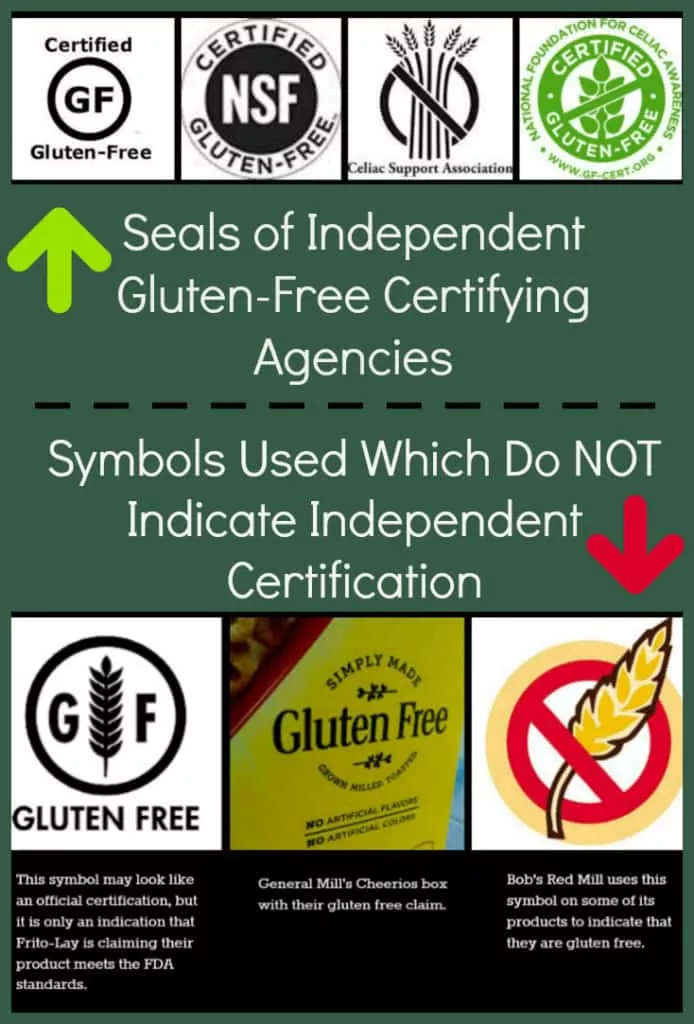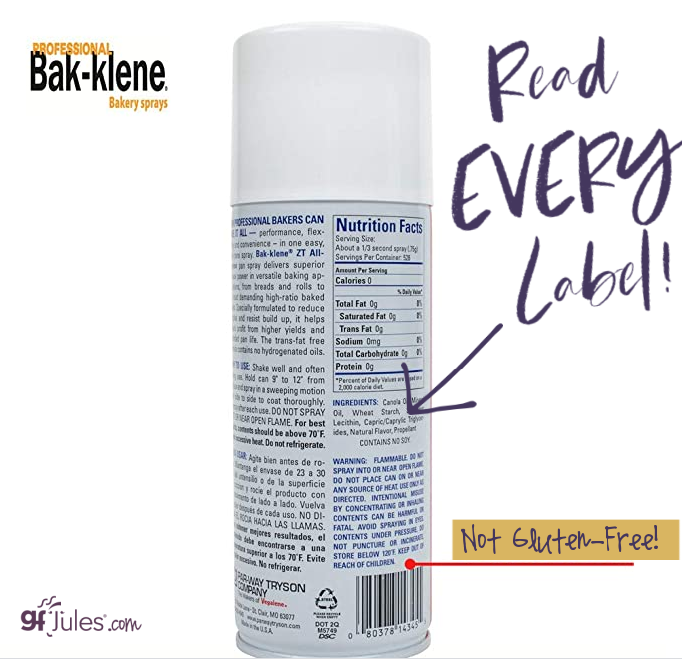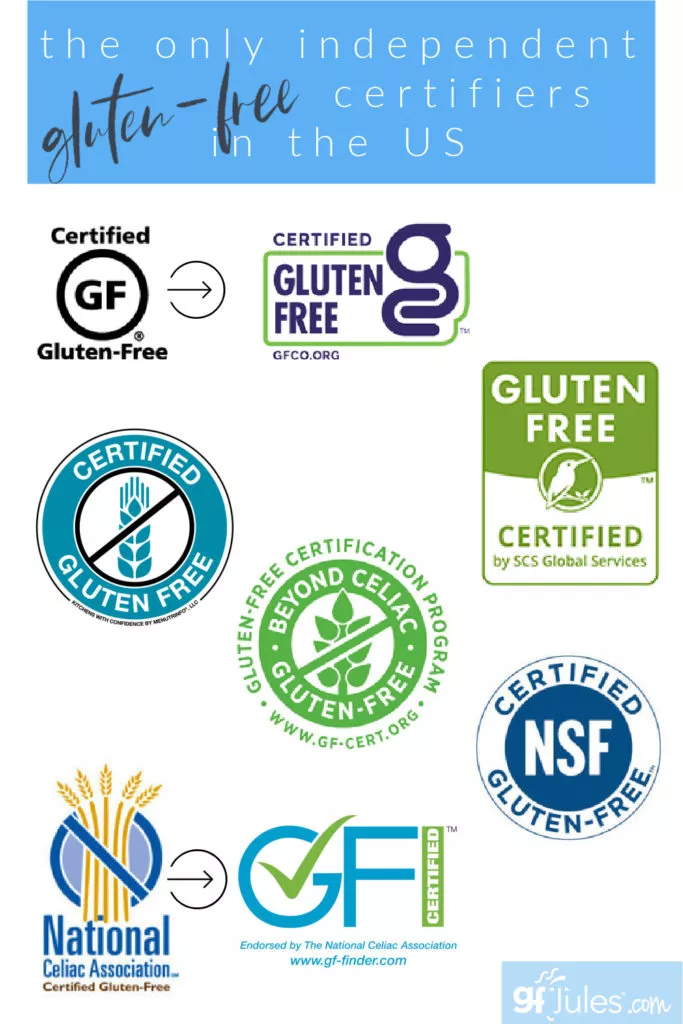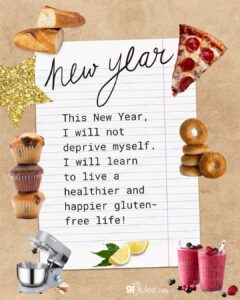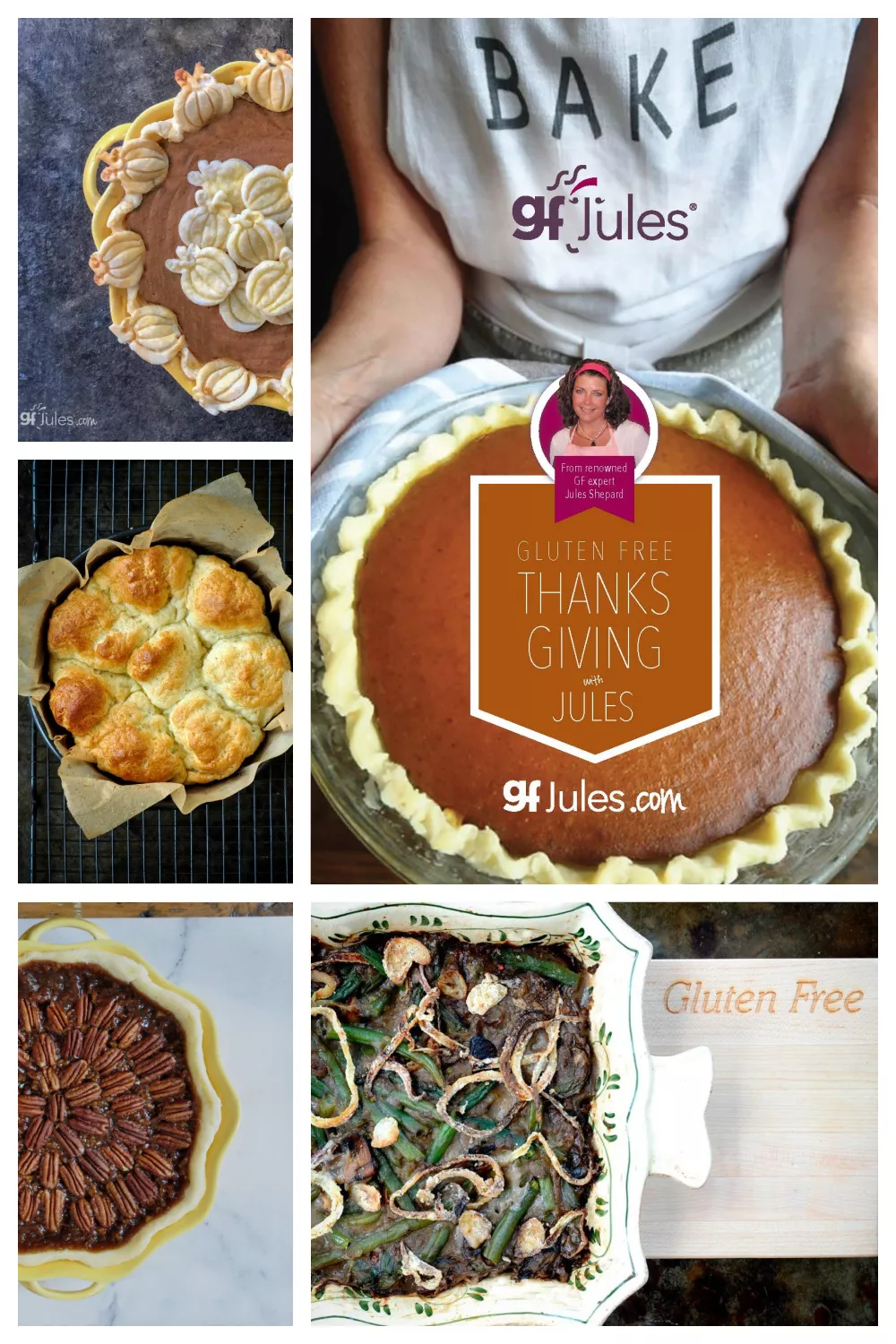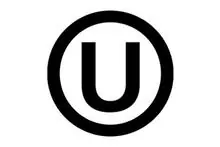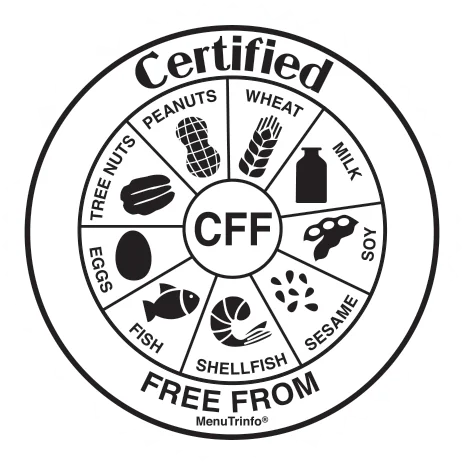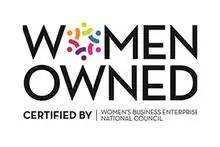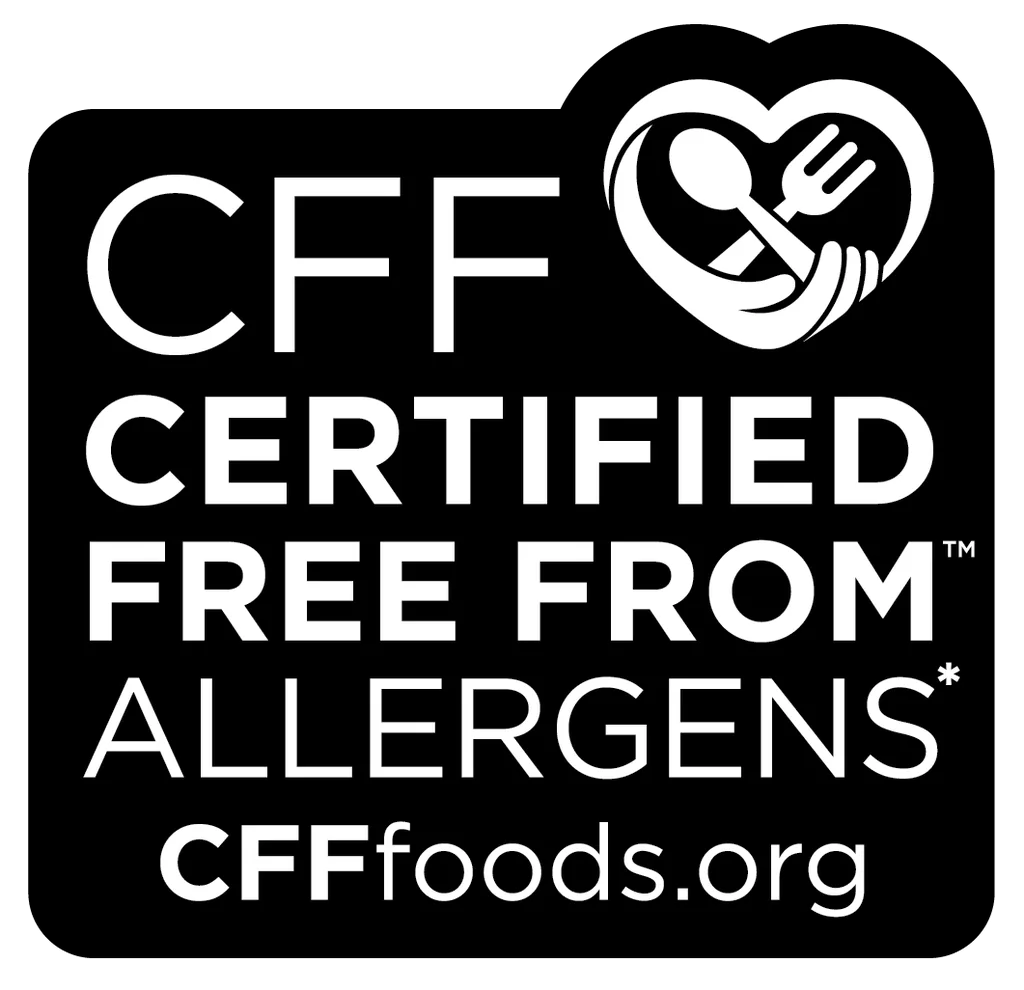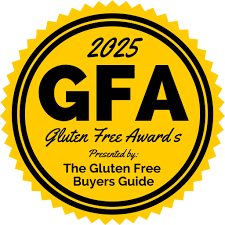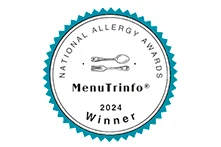Shopping for safe gluten free products should have gotten easier after the FDA’s gluten free food labeling rule became final in 2014. As a celiac, I believe it has actually become more complicated in many ways to read food labels.
When I returned from speaking at The Food Allergy Blogger’s Conference in Denver, Colorado, I sat down to write this post about shopping for safe gluten-free foods and reading food labels. One of the sessions at which I spoke was about activism and advocacy, and I took the opportunity to encourage other bloggers to help educate their readers about how to choose safe gluten-free products.
Mind you, this was an audience of food allergy bloggers — if anyone would be aware of how to shop for the safest products, it would be them. While we all agreed that buying certified gluten-free products is ideal, not everyone knew how to tell the difference between those that are certified by an independent agency and those that are merely called gluten-free by the manufacturers themselves.
It’s confusing stuff and I’ll tell you why.
How Does the FDA Regulate Gluten Free Food Labels?

Less Than 20 Parts Per Million Standard
The FDA gluten free food labeling regulations which we fought so hard for through 1in133.org went into effect in August, of 2014. Those regulations require any manufacturer who wishes to call their product is gluten free must also claim that the product contains less than 20 parts per million (ppm) gluten.
No Requirement to Test for Gluten
Oddly enough though, manufacturers are not required to actually test their products or to test in any particular way, with a set frequency, or using a preferred testing method.
“May Contain Wheat” Statements / “Made in a Facility” Claims (PALS — Precautionary Allergen Statements)
Additionally, and this usually upsets gluten-free folks to hear, manufacturers can call their products gluten-free even if they are produced in a facility with or on equipment with gluten. (read that again)
Manufacturers also may or may not choose to state that they are “made in a facility” or “made on equipment” with wheat. Either is acceptable. This means that you could be looking at identical products from two different manufacturers which were both made on equipment with wheat, both labeled gluten free, and only one says “made on equipment with wheat.”
When a manufacturer says that their products “May Contain” a food allergen or is “Made in the same facility as an allergen”, this is called a “Precautionary Allergen Statement,” and it’s more of a CYA than an informative statement on the part of a manufacturer. It doesn’t necessarily mean anything, and it certainly doesn’t mean the same thing between food manufacturers, so consumers can’t count on these statements. They are super confusing.
You can start to see why gluten free food labeling is confusing, even after the regulations were put into place.
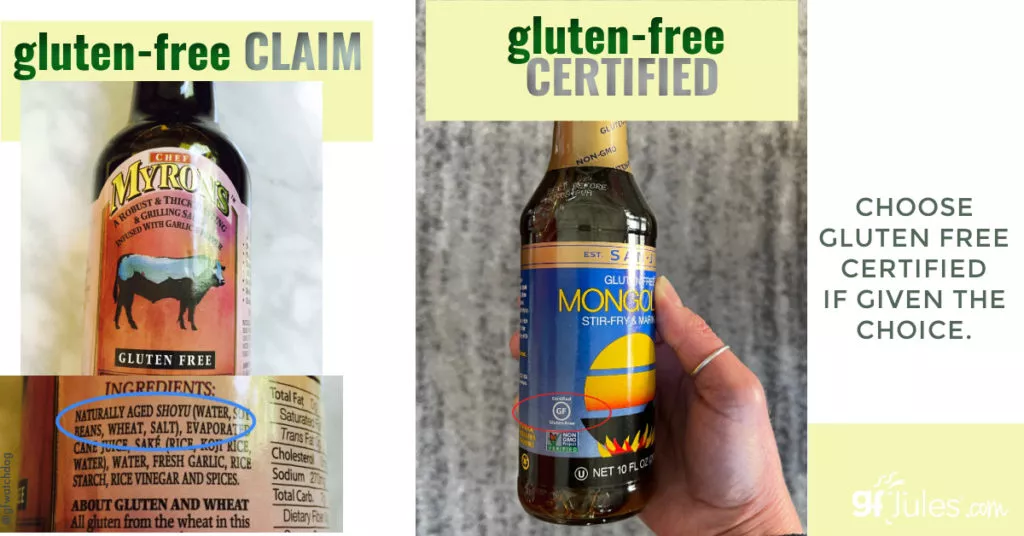
Example: Mislabeling Due to Misunderstandings
Many food manufacturers claim their products are gluten-free without fully understanding what gluten is and how the FDA regulations apply to them. This leads to mislabeling like the example above on the left.
Example: Not Gluten-Free Cheerios
We already have some very prominent examples of how these loopholes can hurt consumers. One you may be familiar with is General Mills’ iconic product, Cheerios®, which it has chosen to self-label as “Gluten Free” in the United States (it is no longer allowed to be labeled as “Gluten Free” in Canada).
Gluten-Free Manufacturers Doing it Right Are Certified Gluten Free By Outside, Independent Agencies
Fortunately there are many food companies at the other end of the spectrum which have chosen to subject their facilities and products to outside, independent gluten-free certifying agencies. These agencies oversee manufacturers, audit, and in some cases train them, test their products for gluten, and have recall authority over their products should too much gluten be found in them.
Independent, Third Party Gluten Free Certification Organizations
The definition of “certifier” is one who vouches for the authenticity of something. In the U.S., there are now SIX recognized independent certifiers of gluten free products.
These agencies test, audit, train and certify that products within their purview test to (at least) below 20 ppm gluten, the current FDA standard. They also have the ability to require their manufacturing customers order recalls or re-labeling if a product does not meet their testing standards. These assurances exist to protect gluten free consumers and to give them confidence in the safety of their certified products.
SHOPPING TIP: If you wish to buy products which have been independently tested by a third party, look for the words “CERTIFIED GLUTEN FREE” or “CERTIFICATION” and one of these symbols on the products you buy.

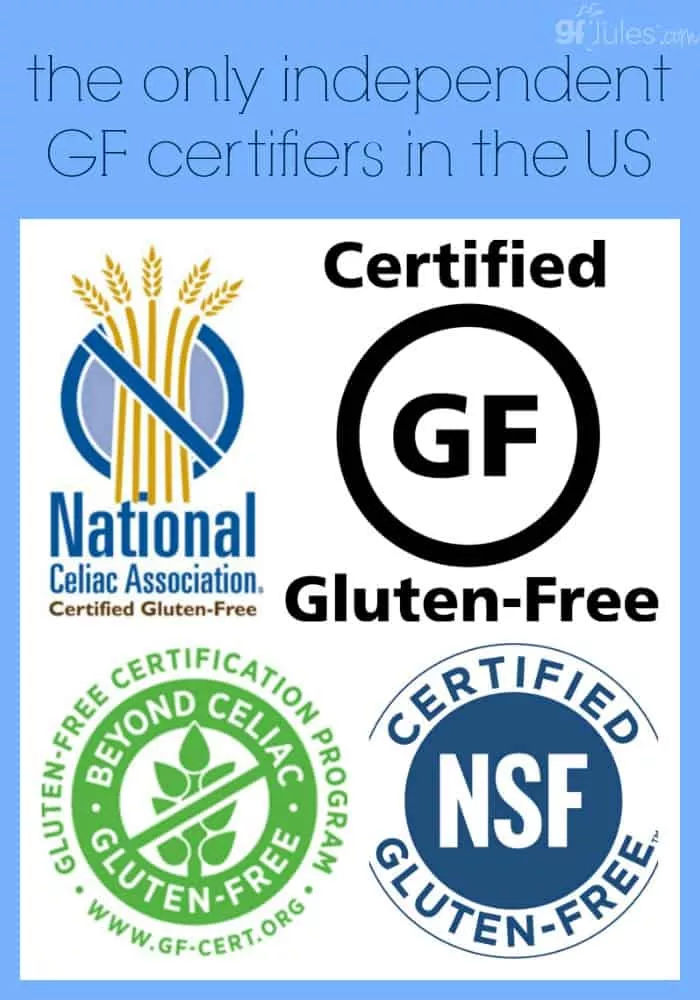
What are the Gluten Free Certifiers in the US?*
1) The Gluten Free Certification Organization – probably the most well-known of all the certifiers, currently uses a clear black and white “Certified Gluten Free” mark. The GFCO certifies tens of thousands of products in the U.S. and internationally. Requirements include gluten testing to less than 10 ppm gluten, even though the FDA only requires less than 20 ppm gluten. (Full disclosure: my gfJules products are all certified gluten-free by the GFCO). The GFCO is changing its logo by 2022 (see below).

2) Kitchens with Confidence by MenuTrinfo – The leading food allergen and gluten free auditor for products, facilities & procedures certifies restaurants, kitchens, university dining halls, food manufacturers and products for food allergens and for gluten, specifically. Certifying to a level of 10 ppm or less gluten.
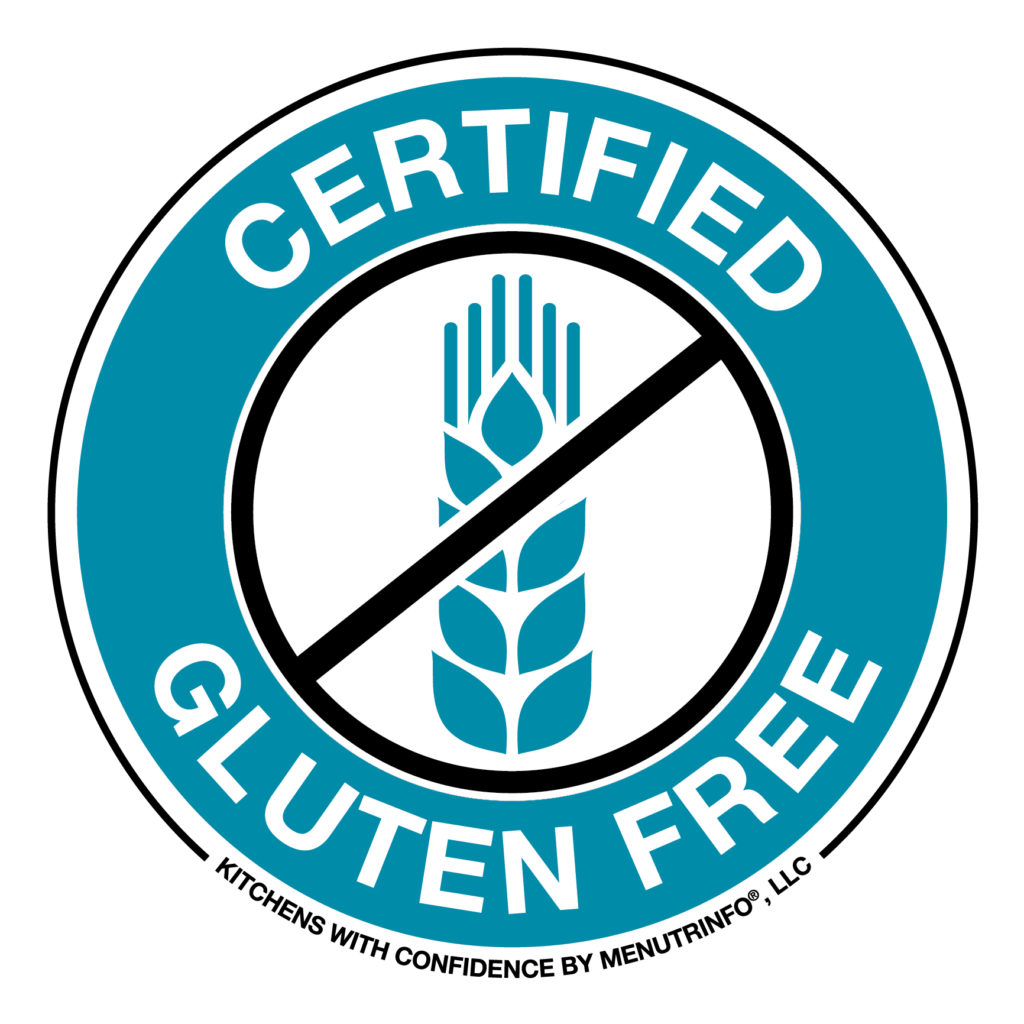
3) The National Celiac Association — formerly the Celiac Support Organization, this organization requires gluten testing to 5 ppm gluten, but in the past has also certified some products which are “gluten removed” like beers made with gluten ingredients, for which experts agree current testing is insufficient to read gluten levels accurately. As of 2019, NCA has ceded ownership of its certification program to the Gluten-Free Food Program and hence, changed its label (see below).

4) Beyond Celiac Gluten Free Certification Program — formerly National Foundation for Celiac Awareness has endorsed and partnered with the Canadian Gluten Free Certification Program. The program certifies hundreds of brands and thousands of products in Canada and the U.S.
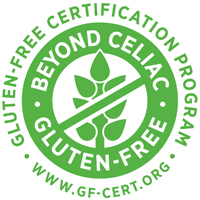
5) NSF (National Sanitation Foundation) — offers a separate gluten free certification which tests products to less than 15 ppm gluten aligned with the FDA’s Gluten Free Labeling Final Rule.
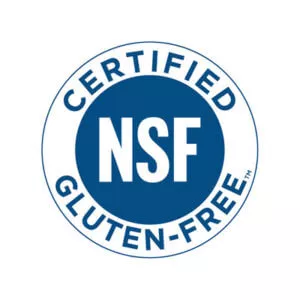
6) Scientific Certification Systems (SCS) certifies many things, including non-GMO and Organic. In 2021 they added gluten-free certifications to their quiver of independent reviews. They certify products to no more than 10ppm gluten.
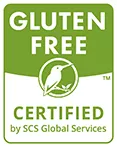
Although each agency differs somewhat in their standards and applications, in general, these organizations all require end product testing, review ingredient sourcing, help develop employee training, and audit and inspect cleaning practices and cross-contamination controls throughout the entire manufacturing process to some degree.
**Note: if a product passes these agency testing protocols, it still MAY BE produced in a facility which also processes gluten — confusing, but still permitted. See PALS information here.
*The International Certification Organization — now, Where Food Comes From Organic, also certifies gluten free as part of a bundle of certifications offered for operations that produce crops and livestock, or make organic products. It is unlikely that you will see this certification on finished consumer products.

Gluten Free Labels Which Do NOT Indicate Independent Certification and Testing
Do not be confused by other labels that may look like independent certifications. Here are some examples of symbols which DO NOT indicate independent certifications (these are “self designations” of gluten free status):
There was even a lawsuit filed in 2018 over the dispute caused by Bob’s Red Mill’s use of a gluten free logo that was alleged to be confusingly similar to the GFCO’s original gluten-free logo.
Products produced in dedicated gluten-free facilities may indicate that fact on their packaging or on their company websites. This isolation goes a long way toward ensuring the gluten free status of the finished product, but I urge manufacturers to also require the raw ingredients for those products and their final gluten status to be tested independently and confirmed before being sold as gluten free, in order to ensure customer safety.
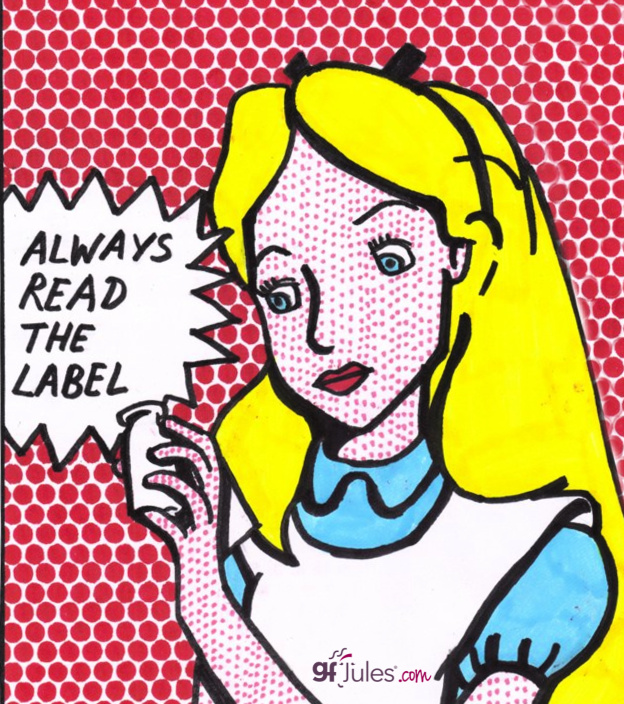
How Do I Tell If a Product is Really Gluten Free?
If you have any questions about whether a product is really gluten-free, contact that manufacturer directly and ask about ingredients and how they prevent cross-contact with gluten, and whether and how they test for gluten. And while you’re at it, encourage them to seek independent gluten-free certification from one of the five organizations which offer these services in the U.S.
If the company truly wants to ensure the safety of their products for gluten-free consumers, they should embrace the oversight, training, auditing and certification label they’ll receive for their products by being affiliated with one of these independent agencies.
How Do I Tell if a Product is Really Allergen Free? (Peanut Free, Tree Nut Free, Dairy Free, Egg Free, Sesame Free, etc.)
Just like with certified gluten-free labels, there is a Certified Free From label you can look for on packaging to help identify that it has been tested by an independent agency. This label indicates that it has met the highest standards of safety and oversight by an independent agency, and it’s not just a “soft claim” by the product manufacturer. This product is also subject to immediate recall if any problem is discovered.
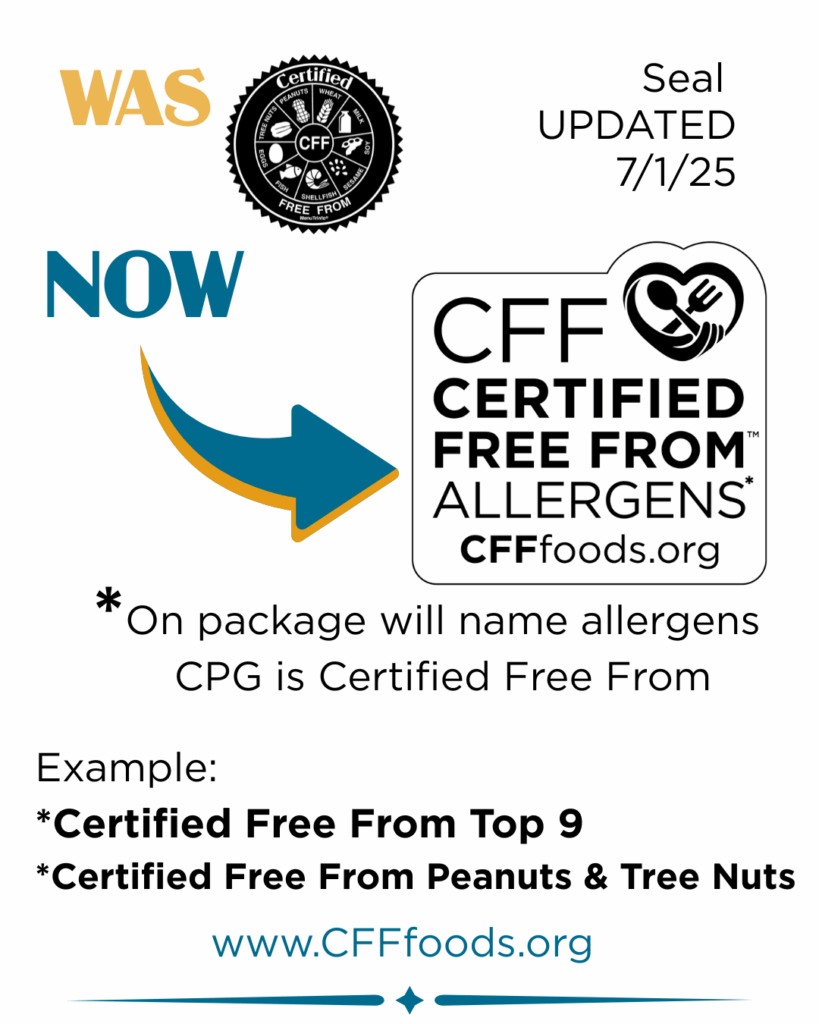
My gfJules products are among the first to have earned this CFF seal as free from the Top 9 Food Allergens.
________________________
In Conclusion …
READ EVERY LABEL, EVERY TIME.
Labels change, ingredients change, and you can never be certain there isn’t gluten lurking in strange places. Here’s an example of gluten found in cooking oil spray.
And, whenever possible, choose products that are certified gluten free by an independent organization.
Beyond that, with regard to oats, know that oats are an inherently risky gluten free ingredient. If not using purity protocol gluten free oats, the product is likely to contain too high a gluten content, at least in hot spots.
Without an independent certifying agency, manufacturers are free to test or not test, recall or not recall, report problems or not … on their own timelines. Yes, they are subject to FDA oversight, but we’ve already seen far too many examples of the FDA either not acting with the authority they’ve been given or being too slow to do so.
If General Mills had instead subjected its products to an independent third party certifier, each batch of product have been tested according to more stringent protocols. Such testing would have avoided at least the Lodi disaster, but also the potential for other contaminated boxes to be released into the market because of the lot mean testing methods currently used.
There would also have been an immediate examination of methods, testing and ingredients upon receipt of customer complaints, and a recall could have been ordered more quickly, sparing people from illness.
No system is perfect, but by using one of the 6 independent certifying agencies currently in the U.S., Cheerios (and any other product claiming to be gluten free) would be much more likely to be truly gluten free and therefore safe for those adhering to a gluten free diet.
